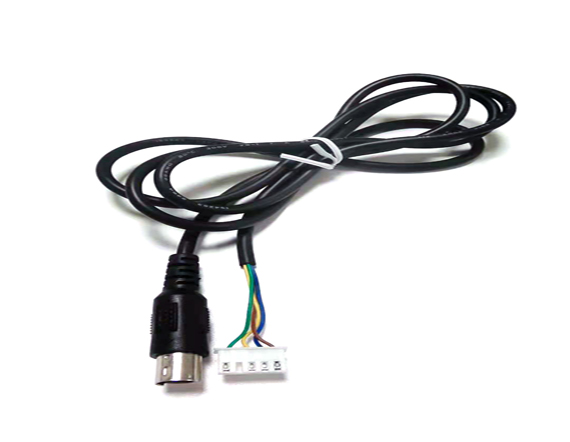When it comes to electrical systems, there is a significant divergence in the application of AC (alternating current) and DC (direct current). As a result, the wiring harnesses used for AC and DC applications also exhibit variations. Understanding these differences is crucial to ensure the safe and efficient operation of electrical systems. In this article, we will delve into the disparities between wiring harnesses for AC and DC applications, highlighting the distinct characteristics and requirements of each.

1. Fundamental Differences in AC and DC Power
The first aspect to consider is the fundamental characteristics of AC and DC power. AC current periodically changes direction, oscillating back and forth, while DC current flows steadily in a single direction. This distinction necessitates wiring harnesses to accommodate the unique properties of each type of current.
The variance in current flow between AC and DC necessitates different conductor sizing and insulation requirements. AC systems generally require larger conductors due to the higher peak voltages and currents experienced during the alternating cycle. Conversely, DC applications can utilize smaller conductor sizes since there are no peak transients.
Wiring harnesses for AC and DC applications demonstrate varied behavior when interacting with inductive and capacitive loads. AC current is known to be influenced by inductance and capacitance, resulting in reactive power consumption. Wiring harnesses for AC applications must be designed to compensate for these effects. In contrast, DC systems do not face the same issues, as they are not affected by reactive power considerations.
AC and DC systems also have distinguishable safety considerations. AC presents a greater risk of electric shock due to its ability to deliver a continuous flow of energy and the potential for higher voltages. Consequently, AC wiring harnesses incorporate specific safety features like ground fault circuit interrupters and differential protection. DC applications, on the other hand, focus more on protection against short circuits and overcurrent situations.
Efficiency and voltage drop considerations are vital differences to address when designing wiring harnesses for AC and DC systems. AC systems generally require higher voltages for long-distance transmission to minimize resistive losses and voltage drop. On the contrary, DC systems exhibit lower voltage drop characteristics, making them suitable for applications requiring longer conductor lengths.

In summary, wiring harnesses for AC and DC applications have distinctive characteristics that reflect the behavior, safety requirements, and efficiency considerations of each type of current. By comprehending the differences outlined in this article, engineers and electricians can construct appropriate wiring systems to ensure optimal performance, safety, and longevity of electrical installations.
We are xinpengbo terminal harness manufacturer, if you are interested in terminal wire, please contact us!